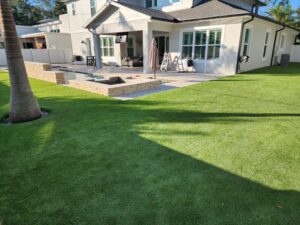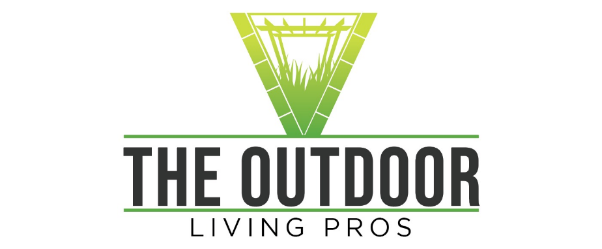Considering artificial grass for your outdoor space? Before diving into the installation process, it’s crucial to arm yourself with knowledge to make informed decisions and ensure a successful outcome. Here are some key things to know when looking to install artificial grass:
1. Assess Your Needs and Goals:
Take time to evaluate your specific requirements and objectives. Consider factors such as the intended use of the area (e.g., sports, landscaping, pet areas), desired aesthetics, budget constraints, and long-term maintenance considerations. Understanding your needs will guide the selection of artificial grass that best suits your preferences and lifestyle.
2. Choose High-Quality Materials:
Opt for synthetic turf made from premium-quality materials that are durable, UV-resistant, and non-toxic. Look for products with strong backing and resilient fibers that can withstand heavy foot traffic and environmental exposure. Investing in high-quality materials ensures longevity and maintains the appearance of your artificial grass over time.
3. Select the Right Type of Artificial Grass:
Artificial grass comes in various types, each tailored to specific applications and preferences. Consider factors such as pile height, blade shape, color variations, and infill options. Consult with professionals or suppliers to choose the type of artificial grass that best matches your aesthetic preferences, performance requirements, and budget.
4. Evaluate Installation Methods:
There are different installation methods for artificial grass, including full installation with infill, partial installation over existing surfaces, and non-infill systems. Each method has its advantages and considerations in terms of cost, performance, and aesthetics. Discuss with installers to determine the most suitable method based on your needs and site conditions.
5. Prepare the Site Properly:
Proper site preparation is essential for a successful artificial grass installation. Clear the area of debris, vegetation, and existing turf, and ensure proper drainage to prevent water accumulation. Address any underlying issues such as poor soil quality or drainage problems before installing artificial grass to avoid future complications.
6. Consider Drainage Solutions:
Effective drainage is crucial for maintaining the integrity and longevity of artificial grass. Assess the drainage conditions of your site and implement appropriate solutions, such as installing perforated pipes or creating sloped surfaces. Proper drainage prevents waterlogging, minimizes the risk of mold and mildew, and ensures a dry and clean surface.
7. Budget for Maintenance:
While artificial grass requires less maintenance than natural turf, it still requires some level of upkeep to preserve its appearance and functionality. Budget for routine maintenance tasks such as sweeping, brushing, and occasional rinsing to keep the surface clean and attractive. Additionally, factor in potential costs for infill replacement, repairs, and professional maintenance services.
8. Consider Environmental Impact:
Evaluate the environmental impact of installing artificial grass, including manufacturing processes, resource consumption, and end-of-life disposal. Choose products made from eco-friendly materials and explore recycling options for old turf materials. Consider the long-term environmental benefits, such as water conservation and reduced chemical usage, when making your decision.
Conclusion:
Installing artificial grass can transform your outdoor space, providing a lush and low-maintenance alternative to natural turf. By considering these essential factors before installation, you can ensure a smooth and successful process that meets your aesthetic, functional, and environmental goals. With careful planning, proper preparation, and ongoing maintenance, artificial grass can enhance your outdoor environment for years to come.

artificial grass installation
12600 S Belcher Rd Suite 106A, Largo, FL 33773, USA
(888) 297-6972

Recent Comments